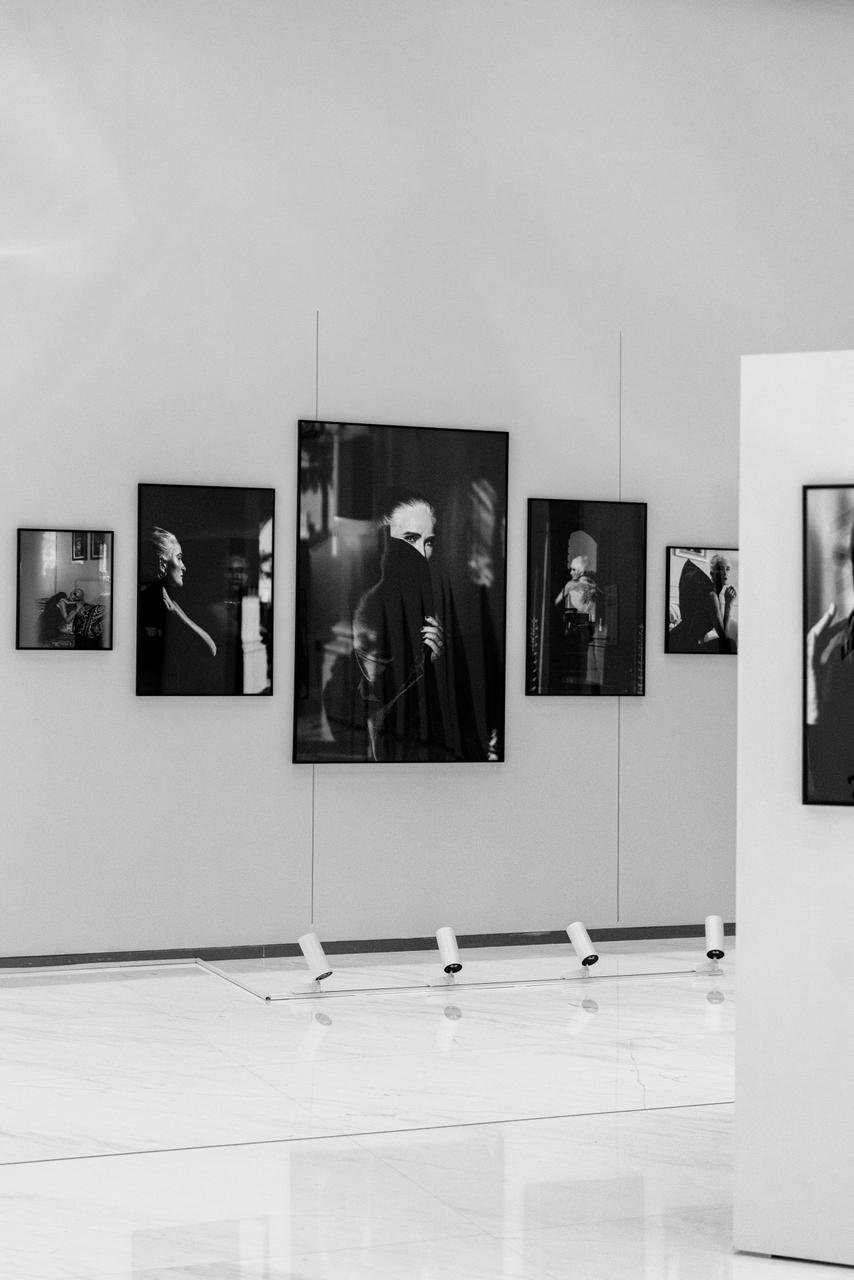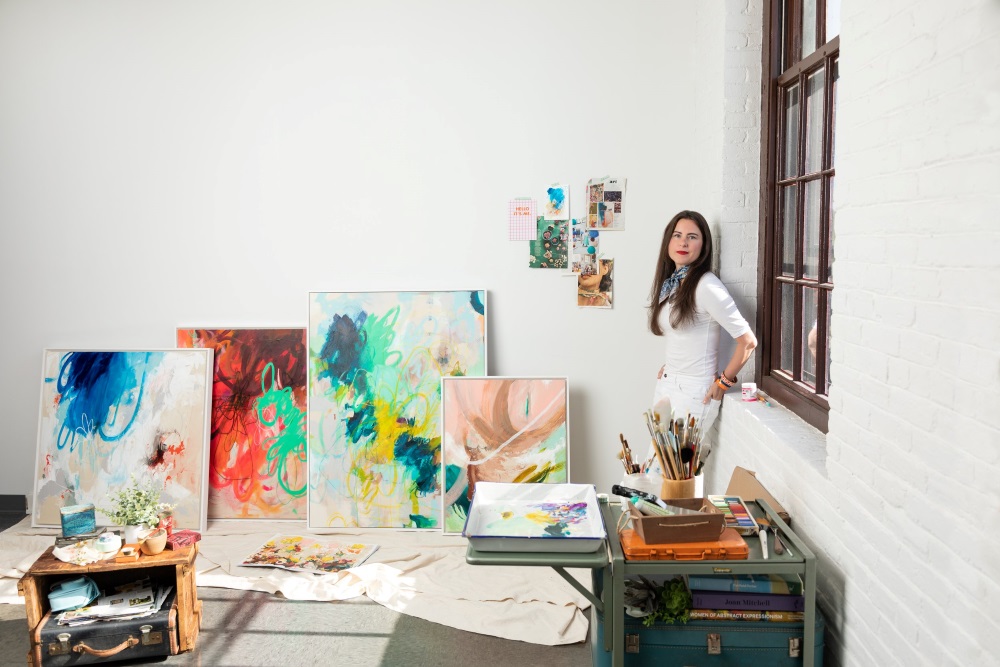For its third exhibition at the Burj Al Arab Jumeirah, Galleria Continua is presenting a group show featuring the gallery represented artists across different continents, concurrently divided and united by water. Artists include Yoan Capote, Loris Cecchini, Nikhil Chopra, Anish Kapoor, Ornaghi & Prestinari, Giovanni Ozzola, Michelangelo Pistoletto, Serse, Pascale Marthine Tayou, and Manuela Sedmach.
NEW WAVE opens a new series of exhibitions paying tribute to the Burj Al
Arab’s heritage, and providing contemporary response to the context of its opulent interior designs, developed by Khuan Chew of KCA International. The visual aesthetics of the hotel’s decor are revolving around the idea of the four elements: water, air, fire and earth. The theme of NEW WAVE focuses on water, and creates a dialogue with the history of the hotel, its position on a man-made island in the Arabian Gulf, and the landscape views opening from the gallery space.
The site-specific installation Waterbones (2022) by Italian artist Loris Cecchini is positioned in the central part of the gallery, representing the particles of water. The structure interacts with the architectural volume of its surroundings, and plays with forms of abstraction and geometry. Consisting of hundreds of steel modules, it subtly manifests a memento mori against its idealistic background.
Following the monochromatic nature of Cecchini’s Waterbones, the drawings series A Fior d’Acqua (2014-2015) by Italian artist Serse outline the water ripples. Here, the geometry of liquid forms appears through lights and shadows, while the absence of human context creates a dream-like, almost meditative state.

The human context of the show appears in Lampedusa D, 2016, by Cameroonborn Pascale Marthine Tayou. The artist is using glass marbles, playful toys free of any painful signification. A picture composed of thousands of marbles, however, is starting to appear as an abstract landscape of waves and floating figures. The island of Lampedusa, famous for serene beaches, is also known as landing point for refugees seeking asylum in the European
Union, after days of dangerous sailing in the Mediterranean Sea.
Reflecting on the notion of partiality, Anish Kapoor’s Split (Organic Green and Burple) (2017) challenges the ability of the viewer to picture the object while looking at it. By multiplicating the perspectives, the work creates an interface between what is revealed and what is hidden, encouraging the viewer to reconstruct it internally. And the proposition is that being on the inside and on the outside of the object are totally different from each other.
With the drawing medium, Goa-based artist Nikhil Chopra is also leaving behind the remnants of his physical presence. Remembering Act: Musandam (2018) is based on Chopra’s performance commissioned by Sharjah Art Foundation in 2015, in which the artist took a meditative journey on a dhow into Musandam waters off the coast of Oman.
Quite opposite to Chopra, Cuban artist Yoan Capote is portraying the sea as an ideological frontier, a tactile, imposing entrapment. In Palangre (2019), Capote is creating an allegory of the modern days in Cuban experience, where Palangre — the Spanish term for a trawl line hung with hundreds of fishhooks, symbolizes the tragic stories of those attempting to swim across the rough waters of Florida Straits towards the United States.

The Mediterranean Sea centered in Michelangelo Pistoletto‘s Love Difference (2002), mirrors the dynamics of global society. The artwork is realized as part of an ongoing movement, offering public opportunities for discussion and dialogue.
Condition of the water itself and its movement in closed urban cyles is reflected in the Acquerelli (2017) drawings by an Italian duo Ornaghi & Prestinari. Reproducing the patterns and behaviours of water, the artworks are realized using the watercolours diluted with treated water from the Santa Croce sull’Arno purification plant, collected at the point where it returns to the Usciana river.
The photo series Dune (2015) are taken by Italian artist Giovanni Ozzola at Dune of Pilat, France, recognized as a tallest sand dune in Europe. Sharpen in the dark and overwhelmed by the strong light of a wider space, the photo evokes the rattling mechanical movement of the rolling door shutter, contrasting with the wide opening of the horizon onto the Atlantic Ocean.

The subjects populating Manuela Sedmach’s canvases Dove (2011) and Heimlich (2015) are distant, indefinite and unknowable places – fogs and vapours, marine atmospheres, deserts, and endless horizons. Her works are exploring inscrutable spaces and dilated time, where every horizon achieved gives rise to another journey.
About the Galleria Continua
Founded in San Gimignano, Italy, in 1990, Galleria Continua has expanded its galleries in Beijing, Les Moulins, Havana, São Paulo, Rome, Paris, and now with an exhibition space in Burj Al Arab Jumeirah in Dubai. Remaining faithful to the spirit of perpetual evolution, and committed to engaging the widest possible audiences in contemporary art, Galleria Continua has built a strong identity through its bonds and experiences, thriving away from the conventional urban centers, in completely unexpected yet timeless locations.
The exhibition NEW WAVE is on show at Galleria Continua Dubai, at the Burj Al Arab Jumeirah, from 7 June to 1 September 2022.





